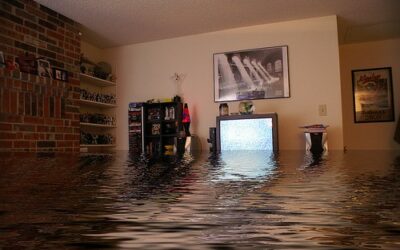Blog
Learning About Water Damage
Water damage is a problem that most property owners fear. When it rains heavily or snow melts quickly, the risk of this type of damage increases. Water damage also increases the risk of mold growth, which is a very expensive problem to get rid of. Hiring a water damage restoration company can make the cleanup process easier to deal with.
Causes of Water Damage
There are several possible causes of water damage. Clogged toilets, broken pipes, broken dishwasher hoses, overflowing washing machines, leaky roofs, plumbing leaks, and foundation cracks are just some of the causes of water damage. Floods, heavy snow, and heavy rain are other possible causes of this type of damage and can lead to having water in basements. Too much water can lead to minor problems such as water in basement areas, or it can lead to the destruction of homes. Once a home endures water damage, it is important to start the water damage cleanup immediately. Starting water damage cleanup as soon as possible increases the likelihood of saving water-soaked furniture, carpets, rugs, clothing, and other items.
Categories of Water Damage
Assessing the severity of the damage is important for determining what is needed to start water damage repair and water removal. There are different categories assigned to water damage.
Category 1: Refers to clean water, or water that does not pose a threat to humans.
Category 2: Water is called gray water. This means that the water is contaminated and may cause sickness of ingested.
Category 3: Water is black water. This type of water is unsanitary, as it contains bacteria and other organisms that cause sickness.
Then there are classes of water damage. The class of damage is important when evaluating water damage repair options.
Class 1: Least harmful form of damage. Materials absorb very little of the water from this type of damage. Water damage repair is the easiest in this type of situation.
Class 2: Fast rate of evaporation, which means that carpets and cushions may be damaged. Water damage repair is tougher when it involves class 2 damage.
Class 3: Fastest rate of evaporation. Water may come from broken sprinklers or other overhead sources, soaking the walls and furniture.
Class 4: Special water restoration and water removal procedures. This type of damage may affect hardwood floors, plaster, and concrete.
